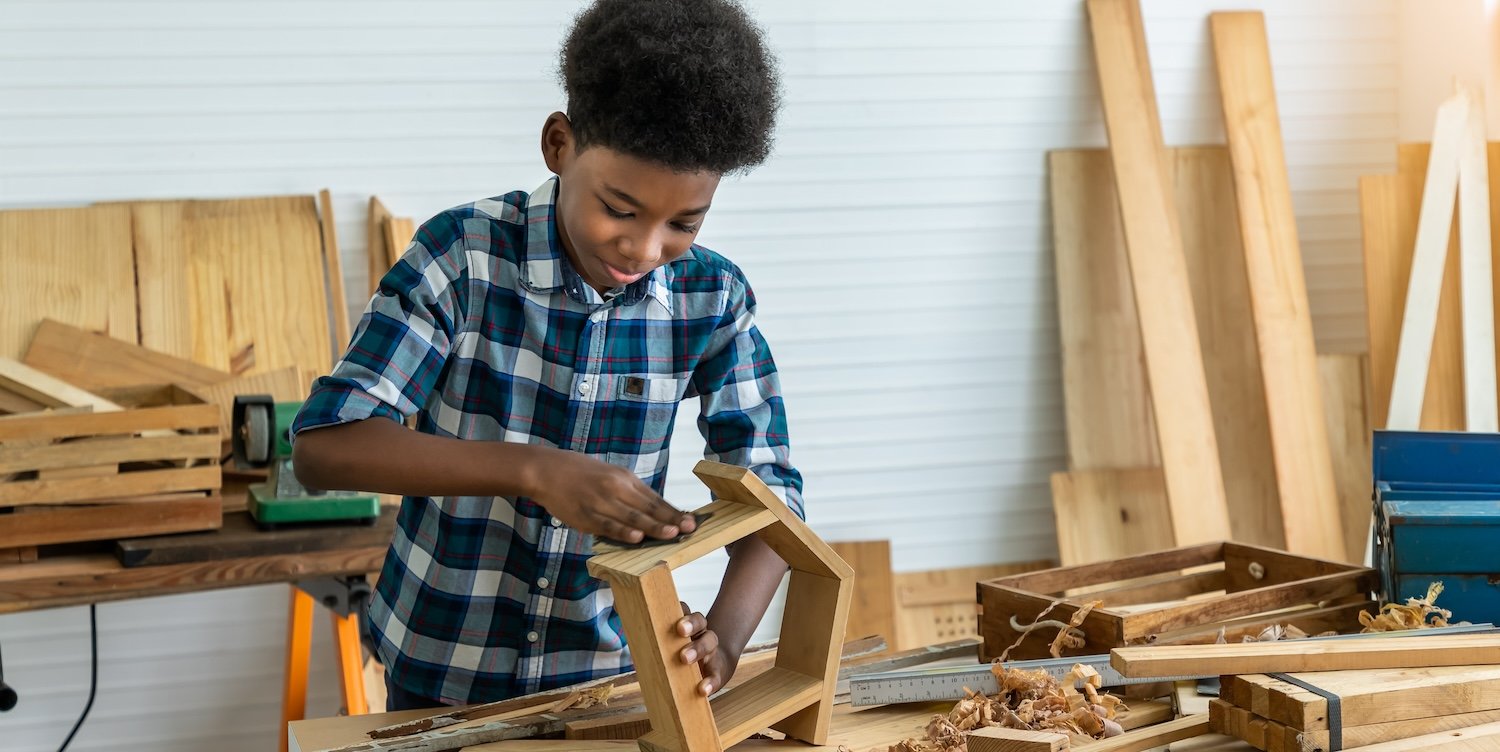Disciplining Through Dialogue
.png)
Mistakes… Are they a good thing? How does society treat people who make mistakes? How did our schools treat us as students when we made mistakes? As parents, how do we approach a situation when our child does not meet expectations? What does research tell us about mistakes and the adolescent and teenage brain? Research tells us that brain development continues into the early 20s.
When I began my career as a teacher, I learned to ask good questions and to make history come alive through dynamic stories and materials. My goal was for the students to connect to the material. But what I had not yet learned was the importance of me connecting with the students. As a young teacher, I had answers to curricular questions, but I did not know how to handle student academic or discipline issues effectively.
The Problem with Traditional Discipline
I leaned into what we would call the traditional discipline system that many of us experienced growing up. If you did not perform academically or behaviorally, you spent time in some form of detention. What I didn’t understand then was that by issuing detention, I was an obstacle to creating an environment where all students were known and loved. I was allowing a punishment system to handle problems in my classroom, and this system did not improve dress code adherence, homework completion, or any other issues. Simply, I was not helping grow the very people I was hired to help.
Education, like parenting, is a social experience, where positive or negative experiences between children and adults can have lasting effects on growth. I learned through experience about the power of care coupled with high expectations. When boys were not behaving or not performing up to expectations, I began a conversation. In the last year of teaching, I assigned only one detention. Relationships and redirection, while requiring significantly more effort, yielded better results. All boys felt heard and cared for.
This shift in philosophy played an important role in my decision to embrace Restorative Practices. Traditional discipline practices seek to administer punishment via a detention to stop negative behavior, whereas Restorative Practices aim to correct behavior through discussion and reflection. Having a conversation is more likely to help shape a boy’s future behavior than sitting in a room by himself void of conversation, care, or reflection.
The Most Important Part of Discipline
“Human beings are happier, more cooperative and productive, and more likely to make positive changes in their behavior when those in positions of authority do things with them, rather than to them or for them,” is the fundamental principle of Restorative Practices, a program puts together the values of care, redirection, and discipline. All children are valued and deserve help to be better. We are a caring community that desires to grow all children into successful members of the community.
Traditional disciplinary processes often miss the most important part of the discipline process, which is for the child to reflect upon the damage done, repair harm to those who might be affected, and not repeat the same mistake. In schools, this approach improves behavior, reduces repeated violations and bullying, strengthens the community, and provides effective leadership. At home, parents can see similar results: improved behavior, better parent-child relationships, and a reduction in repeated violations.
When your son needs redirection or reflection, use the following questions to guide your son through a reflection on his behavior and its impact on others. As parents, these questions allow us to respond to our concerns in a methodical way that allows for reflection, redirection, and healing. This approach takes a bit more time, but it yields valuable results, helping your son become more reflective and more empathetic.
Tools to Navigate Concerns & Resolutions
Children who violate a rule or hurt others are asked five questions:
- “What happened?”
- “What were you thinking about at the time?”
- “What have you thought about since?”
- “Who has been affected by what you have done?”
- “What do you think you need to do to make things right?”
Children who are harmed are asked four questions;
- “What did you think when you realized what happened?”
- “What impact has the incident had on you and others?”
- “What has been the hardest thing for you?”
- “What do you think needs to happen to make things right?”
Notice that none of the questions include the word “why.” Adolescents and teenagers often do not have an answer to that question. According to the International Institute of Restorative Practices: “Young people usually don’t know why they did something wrong. In all likelihood, they were simply being thoughtless or impetuous, without any reason. And if they have to dig for a reason it often ends up being a rationalization or justification. What is more effective is to foster a process of reflection by asking questions that will get the misbehaving young people to think about their behavior and how it impacted others.” (p. 19 from The Restorative Practices Handbook). The focus is to use relationships and care to navigate wrongdoing and restore balance through conversations and mediation.
Today, as the dean of students in a middle school that uses this approach to discipline, we have eliminated student detentions, reduced suspensions, improved school community, fostered better relationships, and created engaging learning environments. The approach has provided the boys’ opportunities to listen and learn about and from each other. It has built a culture of responsibility, consideration, respect, and integrity. It has improved accountability for behavior while promoting empathy and forgiveness.
Subscribe to the Boys Education Series on iTunes or Stitcher
Resources:
Costello, B., Wachtel, J., Wachtel, T (2009) The Restorative Practices Handbook for Teachers, Disciplinarians and Administrators. Bethlehem: IIRP.
Costello, B., Wachtel, J., Wachtel, T (2010) Restorative Circles in School: A Practical Guide. Bethlehem: IIRP.
Defining Restorative | What We Do." https://www.iirp.edu/what-we-do/defining-restorative/. Accessed 9 Dec. 2020.
John Fay is the middle school Dean of Students and the Eighth Grade Dean at University School, where Restorative Practices has helped fulfill the school mission to inspire boys of promise to become young men of character who lead and serve. Mr. Fay graduated from University School in 1993 and joined the faculty in 2020. His career in education spans more than 20 years and has included teaching high school history, teaching middle school social studies and language arts, and serving as assistant principal and co-principal in a high school. He earned his B.A. in History, from Miami University, his M.Ed. in Education from Ursuline College, and his M.Ed. in Education in Administration from Notre Dame College.


%202.jpeg)
